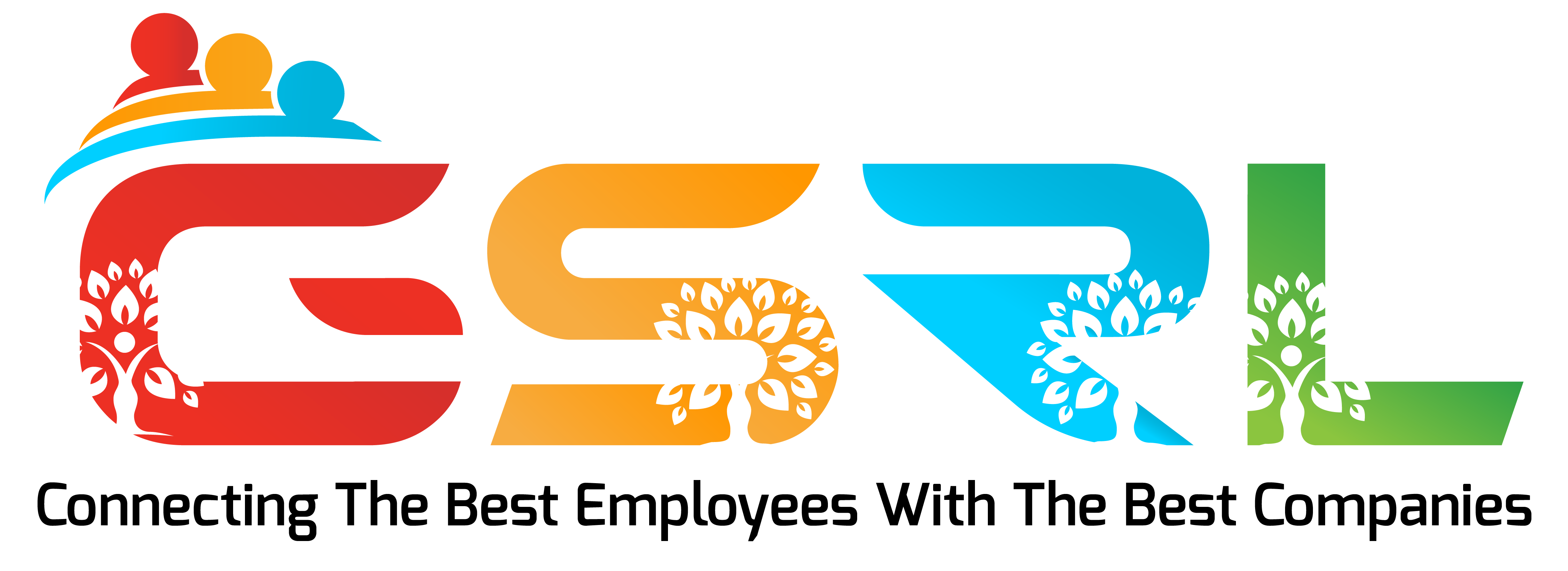
Railroad Settlement Stomach Cancer
Add a review FollowOverview
-
Founded Date December 5, 2001
-
Sectors Accounting / Finance
-
Posted Jobs 0
-
Viewed 2
Company Description
The 10 Most Terrifying Things About Railroad Settlement Rad
Understanding Railroad Settlement: A Comprehensive Guide
Railroad Settlement Kidney Cancer settlements play a crucial role in the transport and logistics market, affecting both the functional performance of railways and the financial characteristics of the regions they serve. This article checks out the systems included in railroad settlements, the factors that affect them, and the benefits they use to different stakeholders.
What is Railroad Settlement?
Railroad Settlement All settlement refers to the process by which railways reconcile the monetary transactions arising from the transport of products and services. It includes determining the expenses associated with shipping freight from one area to another, consisting of elements such as range, weight, and dealing with charges. The settlement procedure makes sure that all parties associated with the deal– shippers, receivers, and rail operators– are compensated accurately and relatively.
Secret Components of Railroad Settlement
The railroad settlement process usually includes a number of essential components:
- Freight Charges: The base expense associated with transferring goods.
- Accessorial Charges: Additional fees for services such as loading, discharging, and storage.
- Range and Weight Factors: How far goods are transferred and their weight, both of which impact rates.
- Discount rates and Incentives: Price reductions provided to consumers based upon volumes, regularity of shipments, or other criteria.
- Claims and Adjustments: Managing circumstances where products are postponed, lost, or damaged.
Significance of Railroad Settlement
Railroad settlements are essential for numerous factors:
- Revenue Management: Railroads rely heavily on accurate settlements to ensure they are compensated for the services supplied.
- Expense Control: Settlements assist train business evaluate cost structures and hinder inadequacies.
- Client Satisfaction: Timely and precise settlements construct trust with customers, cultivating long-lasting relationships.
- Regulatory Compliance: Settlements assist rail companies in sticking to federal and state guidelines relating to freight transportation.
Factors Influencing Railroad Settlement
A number of factors can affect the railroad settlement procedure. Comprehending these can assist stakeholders navigate the intricacies involved.
| Factor | Description |
|---|---|
| Market Conditions | Variations in demand can affect delivery volumes and shipping rates. |
| Fuel Prices | Increases in fuel costs can result in higher freight charges. |
| Government Regulations | Compliance with regulations can necessitate changes in rates and operational procedures. |
| Technological Advances | Improved logistics and information analytics have allowed more streamlined settlement procedures. |
| Seasonality | Particular seasons might experience higher freight needs, impacting prices and accessibility. |
The Railroad Settlement Process
The railroad settlement process can be broken down into step-by-step treatments, as follows:
- Data Collection: Gathering essential info consisting of delivery information, transit times, and expense structures.
- Cost Calculation: Applying rates models to determine total charges, consisting of both base and accessorial charges.
- Invoice Generation: Creating billings for carriers based upon computed expenses.
- Payment Processing: Handling payments from carriers in addition to handling balance dues.
- Claim Handling: Addressing claims associated with lost or harmed items, and changing invoices accordingly.
- Reporting and Analysis: Analyzing settlement information to direct future prices techniques and operational enhancements.
Advantages of a Well-Managed Settlement Process
A well-structured railroad settlement process causes numerous advantages:
- Operational Efficiency: Streamlined procedures lower administrative problems and speed up payment resolutions.
- Financial Accuracy: Accurate settlements ensure that railways maintain favorable capital and decrease disputes.
- Improved Relationships: Good settlements and prompt payments develop positive relationships between railways and customers.
FAQs About Railroad Settlement
What are the main responsibilities of a railroad settlement analyst?
A railroad settlement expert usually deals with billing processing, information entry, claim management, and monetary reporting associated to freight accounts.
How do railways identify freight charges?
Freight charges are determined based on various aspects, consisting of distance, weight, and additional services needed. Railways utilize rates models customized to their functional requirements.
What should a shipper do if they believe a charge is incorrect?
Shippers ought to contact the railroad’s customer support department or their designated agent. It is important to supply documents and information to support the claim.
Can innovation enhance the railroad settlement process?
Yes, innovation can streamline the settlement process substantially. Automation software can efficiently track deliveries, enhance data entry, and help with reporting.
How often are settlements processed?
Settlement processing frequency can vary; some railways may handle settlements weekly, while others might run on a month-to-month basis, depending upon their functional guidelines.
Comprehending Railroad Settlement Chronic Obstructive Pulmonary Disease settlement Rad (211.147.220.167) settlements is essential for both market professionals and clients alike. This financial reconciliation procedure not only ensures precise compensation for services rendered however likewise adds to the overall efficiency and sustainability of rail operations. As the logistics market continues to innovate and evolve, a focus on streamlined, technically advanced settlement procedures will be crucial to browsing future difficulties and taking full advantage of benefits for all stakeholders included.


